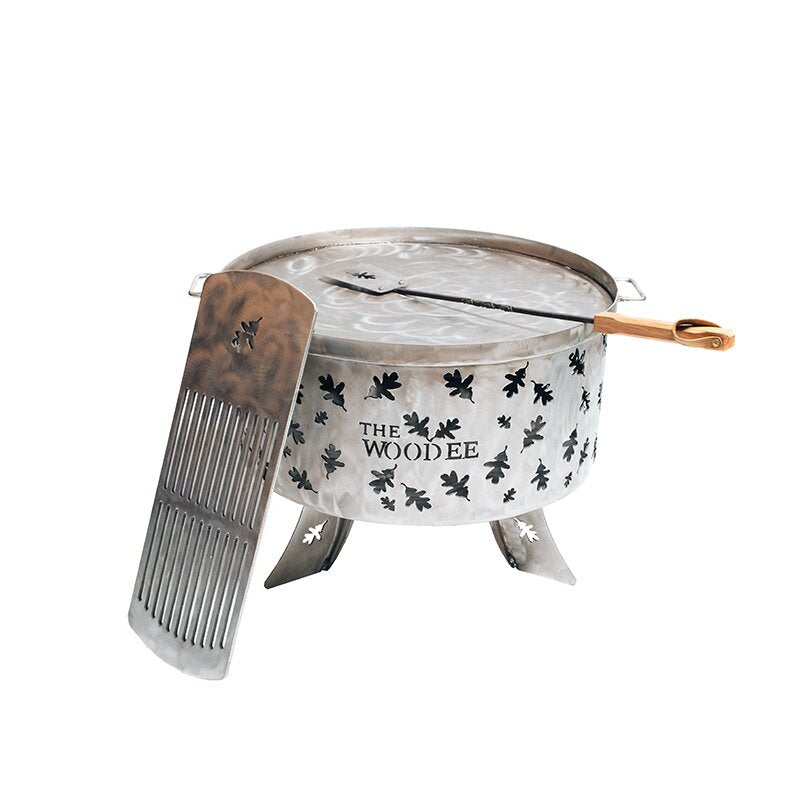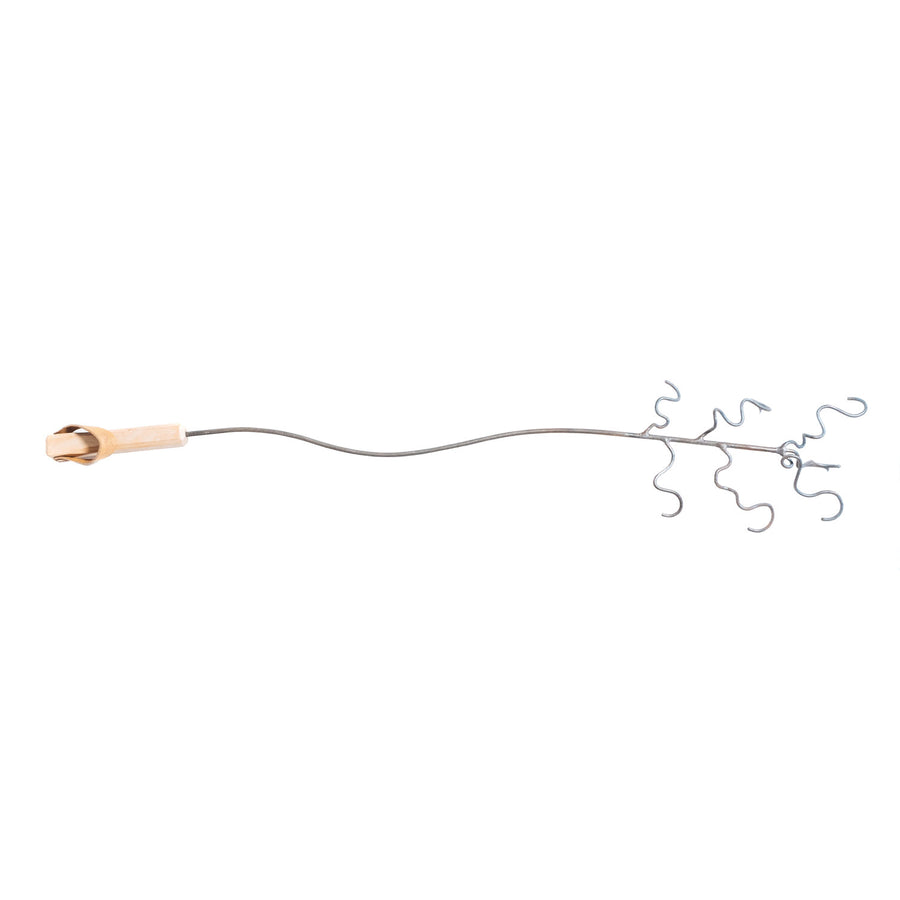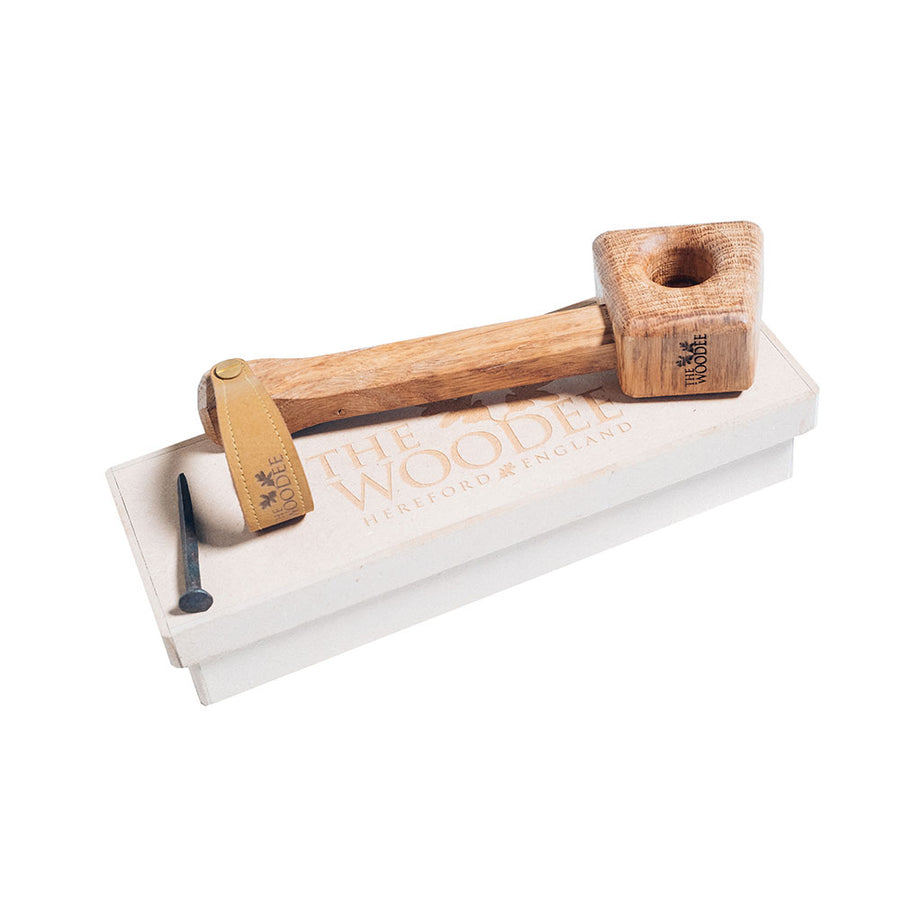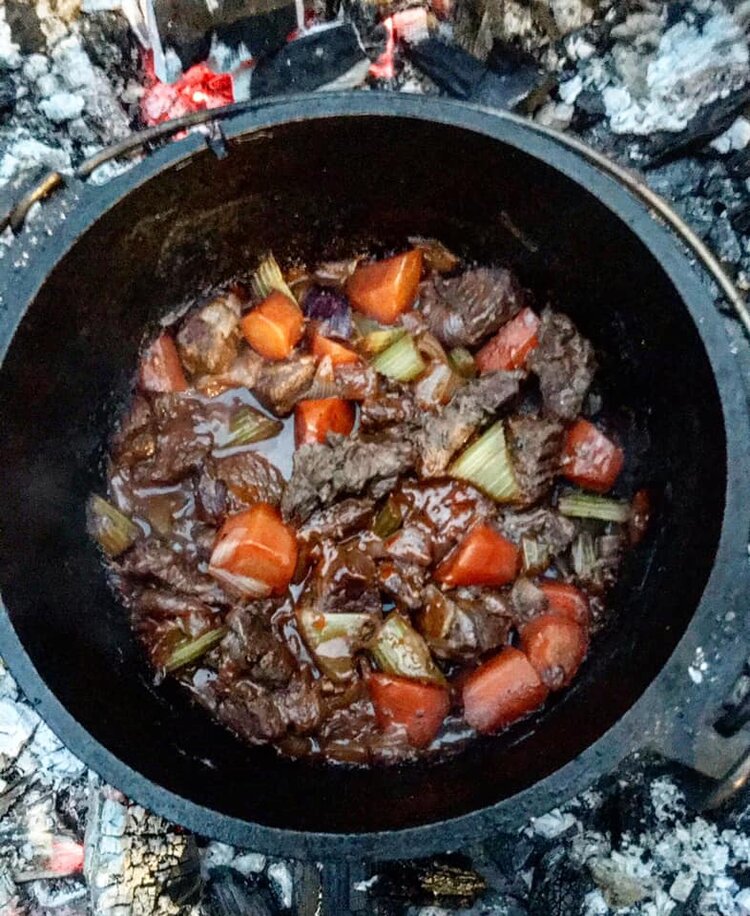How to safely put out a fire pit fire
They say you have to come back down the mountain to conquer it. To have a great fire this means you also have to master putting it out safely.
The first thing to understand is that you should never leave a fire unattended. This goes for hot embers too; they can easily reignite or get blown onto flammable surfaces such as dry grass or wooden structures. As you can imagine this can be incredibly dangerous.
The safest fire is the one that is well planned. If you are lighting your fire pit on a hot day – maybe you’re cooking on it – think about dousing the ground underneath with water first. This will ensure that no ash or sparks that may drop out of your fire pit will ignite dry grass.
While you are sitting around your fire, think about how long you want it to last. This will help you plan when to stop adding fresh fuel to it. Depending on the fire and the size of the logs, this would be a minimum of 30 mins from the end, but best to allow an hour.
Ideally, you want to get your fire down to a fine ash before you leave it. Therefore as the fire dies down, it’s a good idea to ensure any part burnt logs are turned over and placed in the hottest part of the fire so that they can burn down totally. If left only partly burned, not only will they smoulder and smoke but they will be harder to put out.
Once the logs have burnt through, use a poker to break up any larger pieces of ember and spread them out over the base of your fire pit. This will give the embers a larger surface area, remove the heat and allow them to cool faster. Once you have mainly black/grey embers with few red glowing embers it would be safe to put your lid on your fire pit and retreat indoors.
But what if you don’t have a lid or you need to put your fire out in a hurry?

You should always have water on hand if you are lighting a fire pit in your garden. This can be in a bucket near your fire pit, or more conveniently a hosepipe attached to the mains. If you need to put the fire out before it is naturally ready, dousing it with water is a very effective method. However, this should only be done in emergency circumstances and there are a couple of rules to follow. Firstly don’t pour it too close to the flames as this can flair up, throwing ash upwards and can cause steam which can burn you. Secondly, a sprinkling, like that from a watering can, is better than a deluge. If you are going down this route, it is likely that your logs won’t have burnt down to ash. In that case, you need to get your poker in and turn over the logs and again douse with water. You need to ensure the whole fire is out. Try not to make a habit of this and definitely don’t use it as your go-to method as adding cold water to a hot metal fire pit is not good for the steel.
If you need to put the fire out quickly and don’t have access to water then you can use soil or sand. Covering it in this method cuts off the oxygen supply from the fire.
Once you are happy you have put your fire out, keep an eye on it. It is good practice to go check on your fire no more than an hour later to ensure that it has totally gone out. A good test is to put your hand just above the embers. If it is too hot to touch, it is too hot to leave.
When to use a fire extinguisher
In normal circumstances, you would never need a fire extinguisher to put out your fire pit. This is the last resort. You would only need a fire extinguisher if your fire had got out of hand.
The following conditions could lead to a fire getting out of hand (the list is not exhaustive):
-
Fire pit sited on wooden decking with no protective barrier
-
Fire pit sited under overhanging branches
-
Fire pit sited on very dry grass
-
Fire pit sited too close to wooden structures
-
Fire pit overloaded with fuel
-
Fire lit in very windy conditions
If it were a small, out of hand fire in the early stages, that can be easily isolated, you could use a fire extinguisher to get the fire under control. However, you should remember that fire extinguishers generally only have between 10-20 seconds capacity. For larger fires you should always call the fire brigade.
Which Fire Extinguisher should you use?
For fire pits, a Class A fire extinguisher is appropriate as it is designed for wood, paper and textiles. The traditional water extinguisher is best as this will cause the least damage to your fire pit and is the most environmentally friendly. You need to have a fire extinguisher inspected annually and ensure it is in a good state of repair. Once it has been discharged you will need to refill or replace it.
How to discharge a Fire Extinguisher
According to Fire Line Fire Protection, there is an easy way to remember how to use a fire extinguisher. It is called the ‘PASS’ system:
Pull the pin; this breaks the seal, making the fire extinguisher ready for use
Aim; at the base of the fire
Squeeze the handle/lever slowly to discharge the extinguisher at the fire
Sweep from side to side; to ensure you reach all of the fire











Leave a comment